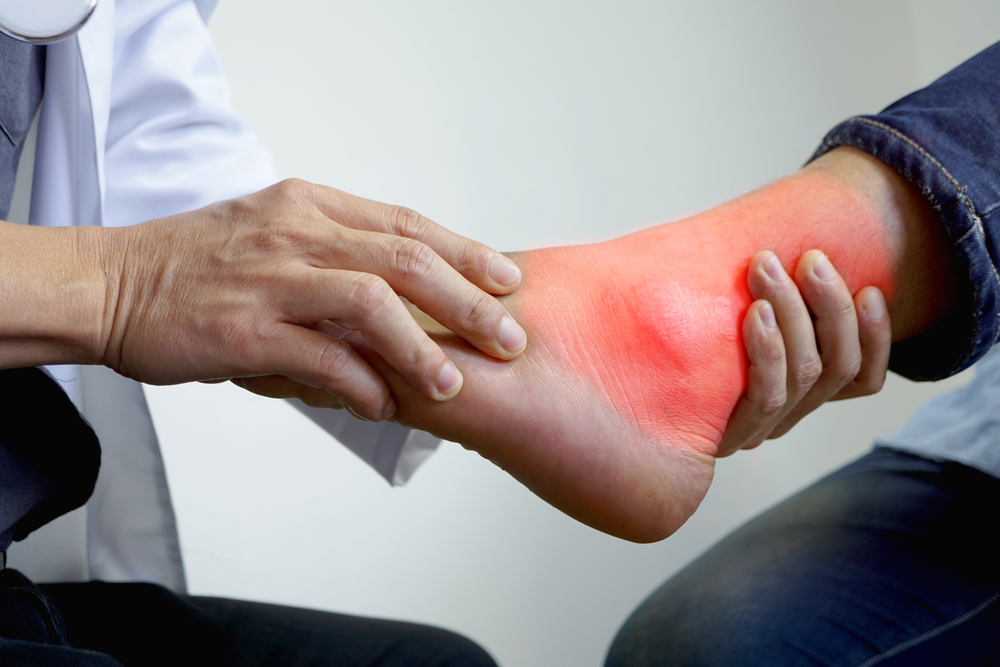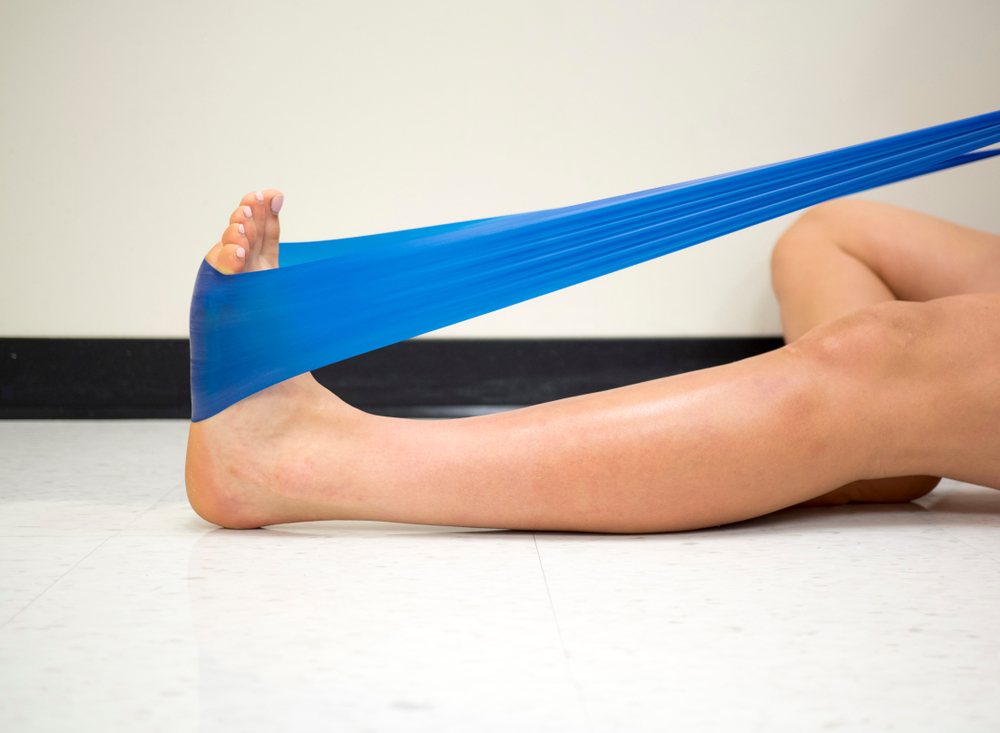This article first appeared in Orthokinetics Blog, and has been edited for clarity.
Why are ankle injuries so common?
The ankle joint is where the two bones of the lower leg (tibia and fibula) articulates with the talus of the foot and are held together by ligaments. It is classified as a hinge joint which means that there is one axis of movement allowing for dorsiflexion (toes pointing to ceiling), plantarflexion (toes pointing to floor) of the foot and a small degree of rotation. The ankle allows for a limited range of movement and is quite susceptible to sprains, strains or even fractures.
PSA: Medical Channel Asia (MCA) is now on Telegram! Join us here https://t.me/MedicalChannelAsia for daily reads and the latest updates at your fingertips!

How do ankle injuries occur?
Injury to the ankles occurs when the joint is twisted away from its normal position. This can either be the result of a complicated sports injury or as simple as walking on uneven ground. Due to the limited range of movement that the ankle joint permits, any sudden movement that changes its normal position could cause a sprain or strain. Fractures at this joint occur when the bones that articulate at this joint break as a result of sudden impact.
Certain instances increase the possibility of getting an ankle injury, such as:
- A previous ankle injury
- Inadequate balance
- Uneven terrain
- Ill-fitting shoes
- Overexerting the joint while walking or exercising
- Diminished proprioception
Preventing ankle injuries
Ankle injuries can be prevented by implementing the following:
- Warming up the ankles before strenuous exercise by stretching
- Wearing shoes that fit well
- Wearing shoes that are appropriate for the activity
- Paying attention to where you place your feet when walking on uneven terrain
- Exercising to strengthen the structural integrity of the joint
If you experience ankle injuries frequently, perhaps it’s time to reassess the exercises you have been doing. The following are steps you can take to ensure you have strong and healthy ankles.
1. Strengthening Exercises
These are done while lying down and engaging the ankle. Each position should be held for 10 seconds before relaxing into a neutral position and repeating 8 times. You can also do these exercises using a resistance band.

- Dorsiflexion – pointing toes to the ceiling
- Plantarflexion – pointing toes towards the wall/away from the body
- Inversion – moving toes one foot at a time towards the midline of the body
- Eversion – moving toes one foot at a time towards the midline of the body
2. Standing exercises
Each exercise should be held for 10 seconds before relaxing into a neutral position. Repeat 8 times.

- Calf raises – standing on the tips of your toes
- Heel walks – balancing on your heels and walking around
Conclusion
While the above methods might be helpful in increasing ankle strength, it is important not to overexert yourself. If you have sustained an ankle injury, please consult with your doctor before attempting any of the above exercises. Should you feel pain while doing any of the above stretches please cease activity and consult with your doctor.










